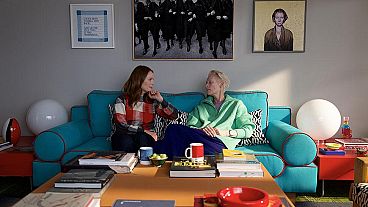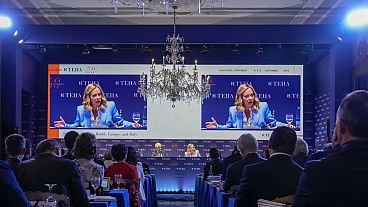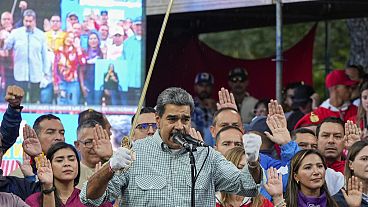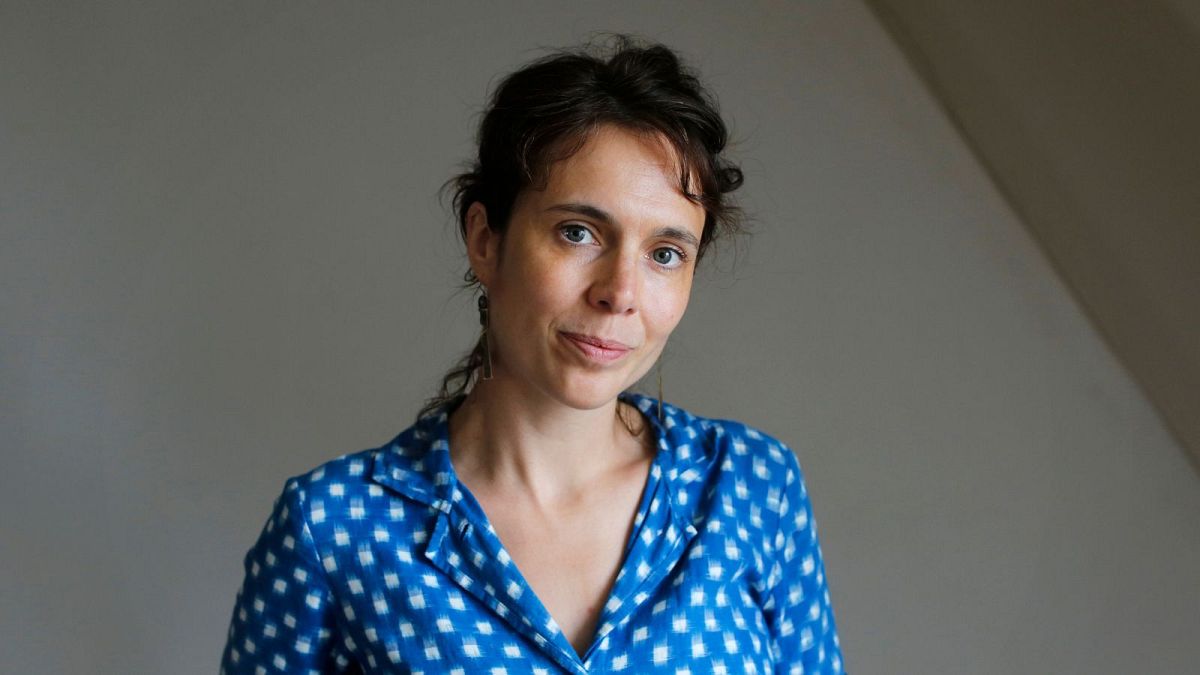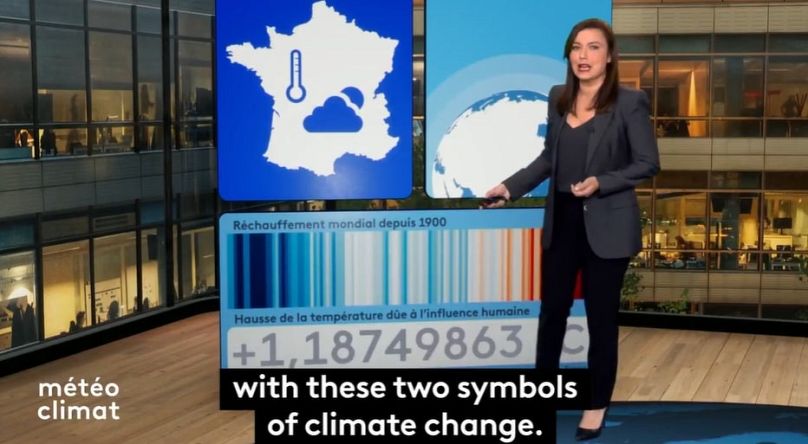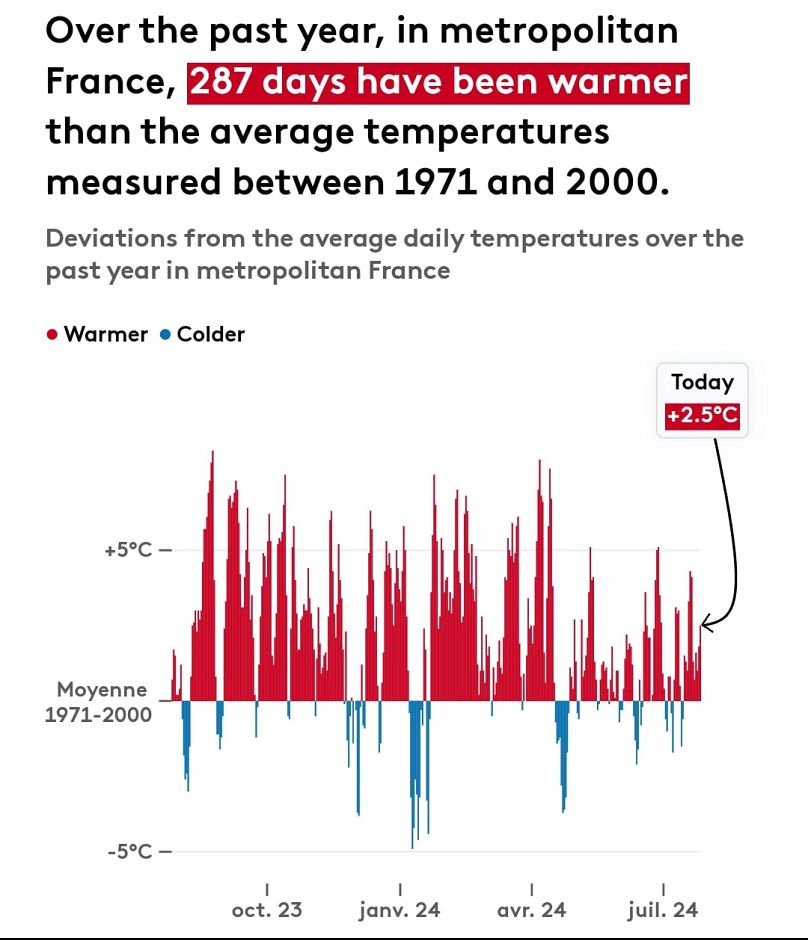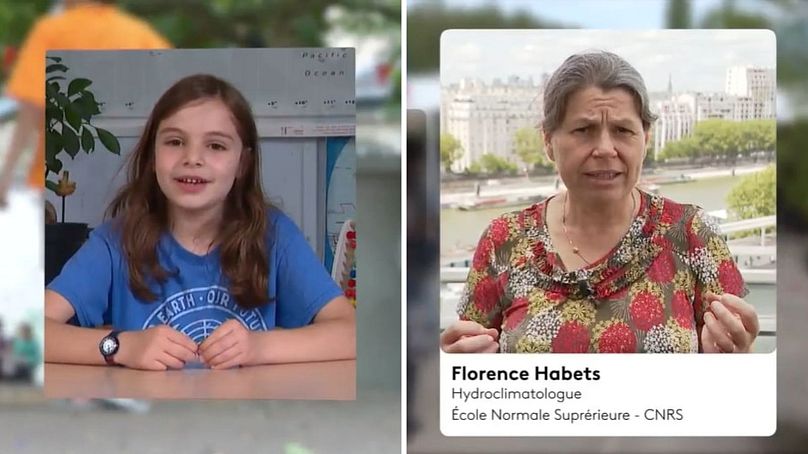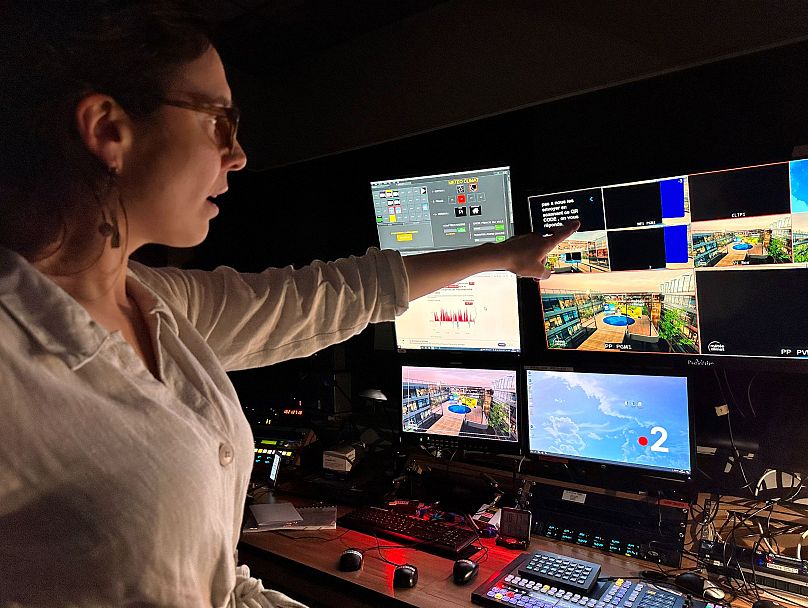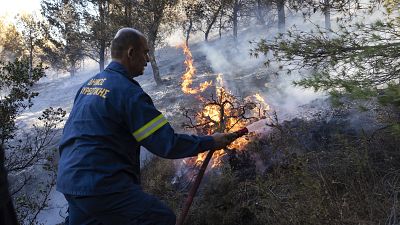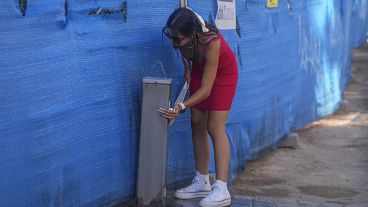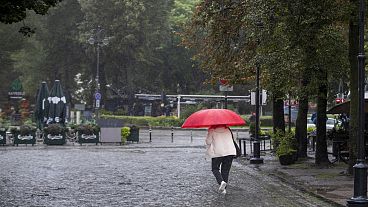Bringing weather anchors and climate scientists together has been a recipe for success on Journal Météo-Climat, watched by millions every night.
It lasts only a few minutes, but the weather report brings its own kind of atmosphere to France.
Every evening at 8pm, a familiar anchor from state broadcaster France Télévisions steps into people’s homes with “a warm hello” and tells them about tomorrow.
Televised forecasts have been a staple of daily life since the 1940s; changing such a trusted format is no small matter. But the way the climate crisis is disrupting our weather demands innovation, so last year the broadcaster turned its traditional report into a climate change-informed weather report, Journal Météo-Climat.
“We see it as the weather being a still image, and the climate being the film in which this image is featured,” explains Audrey Cerdan, climate editor-in-chief at France Télévisions. “If you just see the still image, but you don't show the whole movie, you’re not going to understand the still picture.”
Cerdan was the journalist tasked with overseeing this transformation.
She has just been crowned one of three ‘Journalists of the Year’ for 2024 by Covering Climate Now - an organisation that celebrates the best of climate journalism.
What does Journal Météo-Climat do differently?
On 13 March 2023, the programme premiered with vital new visuals to put the weather in context: climate stripes and a live counter to show how much hotter France is compared to a century ago.
People watched in real time as the counter ticked over from 1.18749863 Celsius above the pre-industrial level to 1.18749864 C. Now, it's ticking past 1.2.
The primetime programme airs on both France 2 and France 3 channels (for four and five minutes respectively), with an average of 3.6 million people tuning into the former each evening.
To keep the format fresh, there’s also a new graphic showing how many of the last 365 days were hotter than the average between 1971-2000 (287 days, as of 26 July).
The anchors don’t discuss these tools every night but, as Cerdan says, their visual presence “sends a signal to the audience every day that this is important.”
One consistent feature is a QR code that viewers can scan to send in questions, which are then directly answered by climate scientists and experts.
What do people want to know about climate change?
For most people, the message has been well-driven home and they’re now eager for solutions.
A lot of questions revolve around water. “[The] basic fear of not having enough water is somehow more concerning, I think, than temperature rise,” says Cerdan, with people anxious to know if there will be enough water for their gardens, for their grandchildren.
One common question is ‘Why don't we take the water from the rivers before it goes into the sea?’ Scientists explain why it’s more complicated than that, with respect to biodiversity as well as climate.
On Sunday evenings on France 2, scientists have started taking questions from children, too - who ask their questions directly to camera. Viewing figures have markedly increased, says Cerdan.
After the forecast segment, Cerdan strives to achieve a balance of adaptation and mitigation stories - which don’t naturally appear in the new cycle so often, but offer hope.
“I think it's very important when we have a public that is suffering from extreme weather events to also have stories about solutions,” she says. These reports vary from what China and the US are doing to cut emissions, to dispatches from a local high school or French company.
Why does France Télévisions have a weather-climate report now?
Ratings for the Journal Météo-Climat rose within weeks, according to the network. Despite some viewers telling them it was dispiriting, the majority of comments were overwhelmingly positive, Cerdan says.
The anchors are addressing a receptive public. Summer 2022 was France’s second hottest summer on record after 2003, and the south is a particular hotspot of droughts and fires.
“People in France are really, really attuned and understand the consequences of climate change in their lives,” she says.
Growing up on a farm near Aix-en-Provence in the south, 39-year-old Cerdan understood these impacts from an early age.
Studying at Ecole nationale supérieure Louis Lumière cinema and photography school made her well equipped to cover the “film” of climate change in a more visual way than most journalists.
How do you bring climate change into weather reporting?
Cerdan actually left France Télévisions in 2022 when she was editor of France Info - the public broadcaster’s news site - to focus on the crisis. She co-launched Expertises Climat, a nonprofit dedicated to connecting climate scientists and journalists to create “more of a cultural common ground” between two communities who don’t always speak the same language.
That scorching summer was a catalyst for her old employer. In December, she was back at France Télévisions to work on the transition of the weather programme.
The idea itself has been in the air for a long time, Cerdan says. French IPCC scientists had approached different broadcasters with the idea of recontextualising weather reports, and she describes it as a collective endeavour within the network.
“You had to have a really strong will at the head of the broadcaster to have that come along so quickly,” she says.
But there’s no doubt that Cerdan was the right person to spearhead the change as editor, building on the ecosystem she’d seeded at Expertises Climat; mixing the expertise of top scientists with the talent of weather anchors.
It started by inviting scientists into the newsroom, and creating “human links” so the two communities were in open conversation.
According to Cerdan, the anchors are “the best messengers to talk about this because they are in front of the families every night while they have dinner, while they do the dishes, whatever.”
A big part of Cerdan’s job as editor is ensuring that communication is always pitched at the right level - complex science simplified, without the shortcuts being too short.
What is the forecast for Journal Météo-Climat?
With extreme weather an inevitability, the team has pre-summer meetings to prepare.
“We try to treat it as news that you can plan for,” says Cerdan. “[Just] as we’ve been planning for the Olympics, we need to also plan for what stories we're going to tell if there is a heatwave, if there is a drought and fires.”
They’re still innovating to keep up with the fast-moving challenge, looking for ways to make climate and environmental stories even more accessible.
In future, they want to have more augmented reality, with 3D models to explain phenomena that are tricky to capture - like CO2 rising in the atmosphere.
Climate literacy is something that all parts of the newsroom could benefit from. To this end, France Télévisions is in the midst of training all its journalists - a process Cerdan is overseeing as climate editor-in-chief for the broadcaster since September 2023.
“I feel very humbled and honoured,” says Cerdan of the Covering Climate Now award, which she was surprised to receive. As much as she highlights the achievements of others, it's clear that Cerdan’s own future is incredibly bright.


